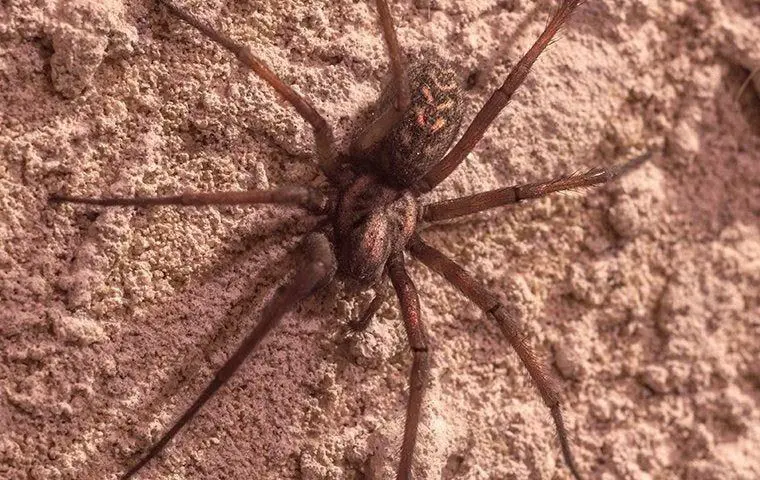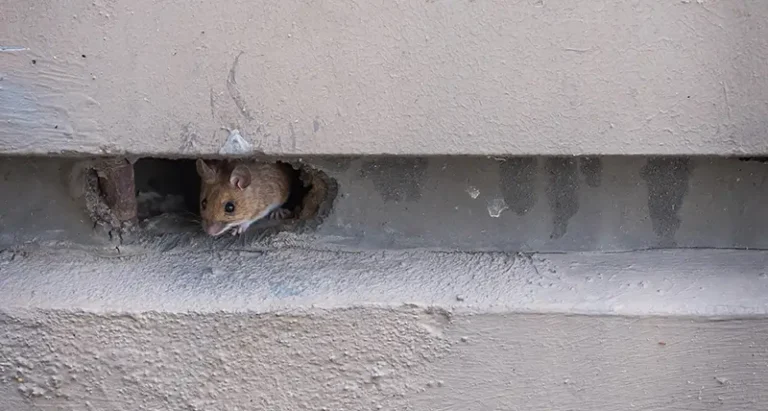If you have ever opened a box and had a creepy, crawly spider dart out at you, then you are familiar with the scare they can give. What is even scarier is when one of these spiders takes a bite out of you, and that spider happens to be a brown recluse spider.
The brown recluse, Loxosceles reclusa, Sicariidae is a recluse spider with a necrotic venom. This spider is small, only around 1 1/4 of an inch long when fully grown. It is tan in color and has a dark brown, very tiny violin shape on the back of its abdomen. These spiders are also referred to as fiddleback spiders, brown fiddlers, or violin spiders. A bite from a brown recluse spider can be very serious and, in extreme cases, has even been known to lead to death.
As their name suggests, these spiders are reclusive, meaning they like to hide away in secluded areas. Some of the common places they can be found hiding in are boxes, dark recesses, cloth items on the floor, shoes, and bedding.
Dangers Of Brown Recluse Spiders
The danger of having brown recluse spiders lurking in dark places is that they will bite if provoked. And, since these bites can be painless at first, bite wounds can go unnoticed for a time. But pain has been reported in brown recluse incidents. Some describe this pain as a minor burning sensation; others compare it to being stung by a wasp. It varies from individual to individual. More symptoms develop over time, usually 2-8 hours after the initial bite. While most bites cause little tissue destruction, this is not always the case.
Initially, the site of a brown recluse spider bite is mildly red and, upon close inspection, may show fang marks. As a few hours pass, this redness will give way to pallor with a red ring that surrounds the area, causing a bulls-eye appearance. Over the course of several hours, this lesion may appear to flow downhill. The center of the bite will often blister, sink inward, and then turn bluish, then black, as the area of tissue dies, ultimately leaving a scar.
Some symptoms that may be experienced include severe pain at the bite site, severe itching, nausea, vomiting, fever, and muscle pain. If you, or someone you know, has been bitten by a brown recluse, it is important to be seen by a doctor that day. And, if possible, bring the biting spider with you to the doctors to be appropriately identified.
Prevention Tips
Since these spiders are reclusive, and since they are not out to bite humans, as a general practice, being bitten by one is usually an act of self-defense on the part of the spider. If a brown recluse is not brought into contact with a human, the chances of being bitten are low. Here are some tips that may help you avoid receiving a bite from this dangerous spider:
- If there are towels, items of clothing, or other cloth items lying on the floor, make sure to shake them out good when you pick them up in case a spider is hiding in its folds.
- Be careful when putting on a pair of shoes, boots, or slippers. Carefully shake them upside down a few times and look inside before putting them on.
- Before climbing into bed, pull down all covers and sheets to check for spiders.
- When reaching into the backs of drawers or any other dark place, use caution.
- If you are bringing stored boxes back inside, use care in opening them. If possible, open these items outside so, if there is a spider, it can escape outside and not inside your home. Consider wearing gloves when opening such stored items.
If you have encountered brown recluse spiders or want to be sure that you do not have them lurking in the recesses of your home, the technicians here at Action Pest Control are standing by to assist you with brown recluse spider management. And, with our fast response times, you won’t have to wait long for peace of mind.
It’s best not to take chances with these dangerous spiders. Contact us for immediate pest control assistance!
Tips To Avoid Brown Recluse Spiders in Indiana, Illinois & Kentucky
Extermination Services You Can Trust



